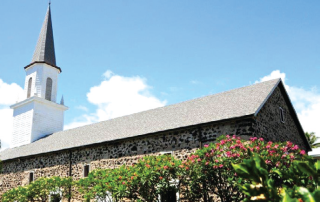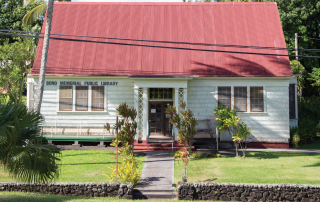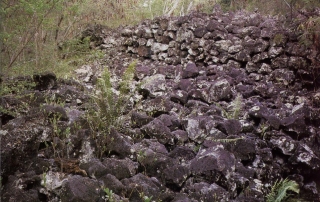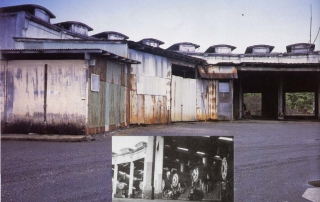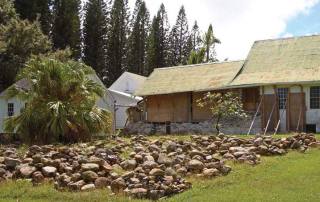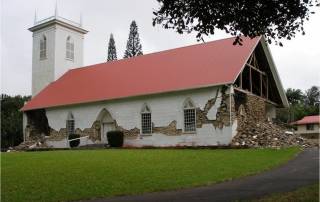New Exhibit at USS Missouri Unveils Artifacts from Japan
Preservation in the News: Humanity mixes with tales of war and mayhem in new exhibit at the Battleship Missouri Memorial. Especially touching is the love letter from a kamikaze pilot to his fiance. See the full story below. ********* USS Missouri hosts artifacts never seen before outside Japan By William Cole April 09, 2015 – Honolulu Star Advertiser Humanity amid the savagery of war demonstrated 70 years ago in the Battle of Okinawa is being re-emphasized by the Battleship Missouri Memorial with a new exhibit on the kamikaze pilots whose suicide runs wreaked havoc on Allied ships late in World War II. When a Japanese Zero crashed into the starboard side of the USS Missouri on April 11, 1945 — and the dead pilot's body ended up on the ship — some of the crew wanted to toss the enemy's remains overboard. Michael Carr, president and CEO of the Battleship Missouri Memorial, looks at photos of kamikaze pilots in the exhibit. (Photo by Craig T Kojima) But Missouri commander Capt. William M. Callaghan made the controversial decision to bury the aviator at sea the next morning with military honors including a makeshift Japanese flag draped over the body, a three-volley rifle salute and playing of taps. On the 70th anniversary of the kamikaze attack on Saturday, the Missouri is opening a new exhibit that will "show today's generations another side to the people engaged in war and how the world has changed since then" with artifacts never seen before outside of Japan. On display are nine farewell letters sent home by the "tokko-tai" (special attack forces) with translations and photos of the pilots, uniform items, and a small "mascot doll" made by women [...]


